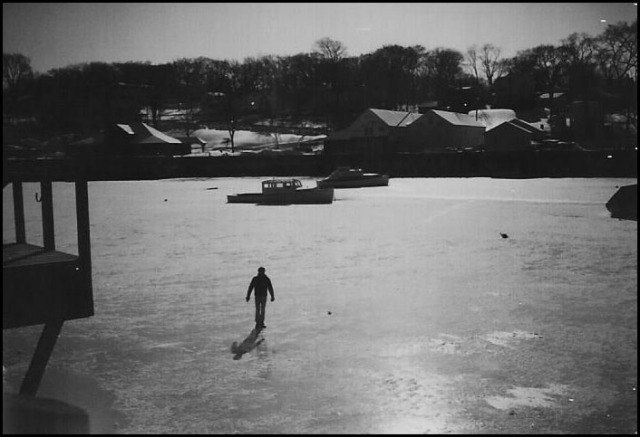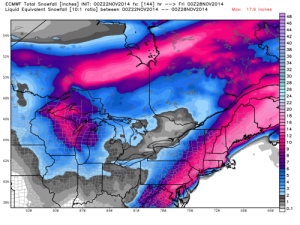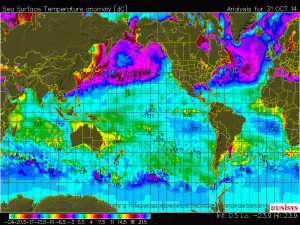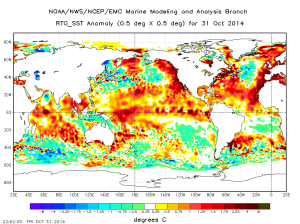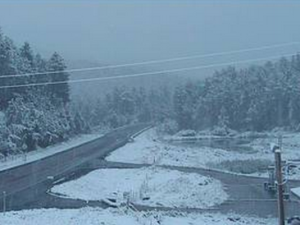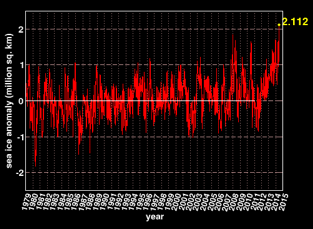
Everyone has their favorite blizzards. One of mine is this one, the blizzard of ’78, which I missed by about 21 years and 3,000 miles, growing up on the West Coast as I did. When you move to Rhode Island it seems as if the blizzard is all anyone talks about, but if you’re a weather nut like me it’s actually a good thing. No one is saying the forthcoming blizzard will look anything like this one, but it is a NESIS storm, and it is what I would like to see repeated personally.
Saturday January 7 4:36 pm Update:
Five days after the WeatherBell chat rooms and others around the U.S. were buzzing with rumors of a serious Nor’easter, the so-called Pinball Blizzard has actually materialized.
The NWS office in Taunton and the bulk of the region’s meteorologists were caught flat-footed by a storm really only seen by the Navy’s new high-resolution model, the NAM WRF-3km, which is far from the go-to model for those in the biz.
After the Pinball Blizzard, though, who knows?
As the storm continues to pound Rhode Island and southeastern Massachusetts, enjoy the lyrics below to the tune of Pinball Wizard, with apologies to Pete Townshend.
(With hat tip to the good people in the WeatherBell chat room.)
Ever since I was a young boy,
I’ve played in white sky fall
From Bangor down to Buxton
I must have played in all
But I ain’t seen nothing like it
In any met chat hall
That deep, wet and blocked storm
Sure makes a big snowfall
It stands like a NESIS
Becomes part of hist’ry
Playing with the snow geese
Always flirts so mean
It changes run to run
The model watchers fall
That deep, wet and blocked storm
Sure makes a big snowfall
It’s a pinball blizzard
There has to be a twist
A pinball blizzard’s got model watchers blissed
How do you think it does it?
I don’t know!
What makes it so good?
Ain’t got no consistent runs
Can’t be caught by models
Don’t see snow geese a-cryin’
It plays by sense of smell
Always jumps out to sea
Then stays suppressed
That deep, wet and blocked storm
Sure makes a big snowfall
Even in my own backyard
It can beat my best
Board disciples lead it in
And it just does the rest
It’s got a crazy 540 line
Pressure heights will fall
That deep, wet and blocked storm
Sure makes a big snowfall


